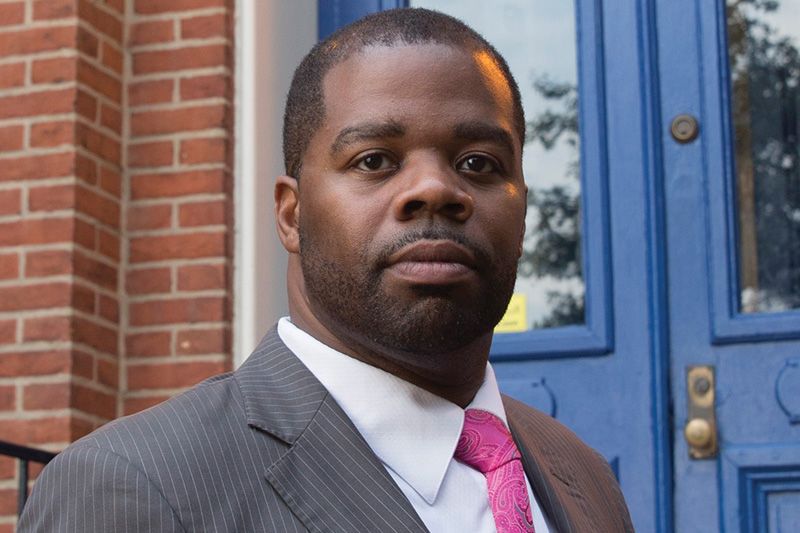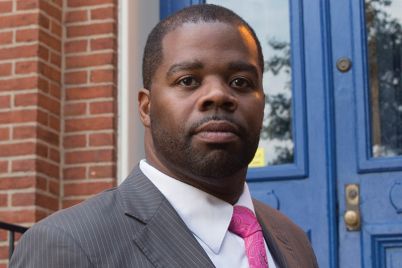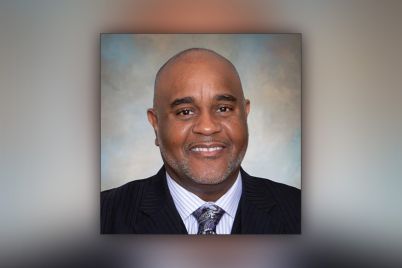BY REV. DORAL PULLEY, Today’s Church Tampa Bay
“For thine is the kingdom and the power, and the glory, forever. Amen (Matthew 6:13).”
Just as you learned to begin your prayers by bowing your head and closing your eyes, it may also have been your tradition to say, Amen, at the end. Let’s explore! Why do we say, Amen, at the end of spoken and sung prayers? Is a habit or a religious ritual? Do we know what it means and are we saying it consciously?
Amen is found in the King James Version Bible a total of 72 times across 31 books. 30 of these occurrences are in the Old Testament or Hebrew Scriptures and 42 times in the New Testament or the Christian scriptures.
Amen has multiple meanings. Amen means that you agree with the content and spirit of the prayer. It can also denote that you attest to the truth spoken. West Africans end their prayer with “Ashe.” Ashe is a concept through which the Yoruba of Nigeria conceive the power to make things happen and produce change. Other faith traditions and cultures close prayers with words like, “it is so, and so it is, and so I let it be” to affirm their assurance of God answering their prayers (I John 5:14).
Jesus closed “The Lord’s prayer” by affirming the truth that David, his ancestor, said after God gave the people what they needed to build the temple. Jesus quoted the scripture in I Chronicles 29:11, “Thine, O Lord is the greatness, and the power, and the glory, and the victory, and the majesty: for all that is in the heaven and in the earth is thine; thine is the kingdom, O Lord, and thou art exalted as head above all.” When he closed with AMEN, he was affirming the truth of the scriptures that he was quoting. Follow Jesus’ example and be careful what you say AMEN to and make sure that you mean it when you say it.
Rev. Doral Pulley is the senior pastor of Today’s Church Tampa Bay, 940 5th Ave. S, St. Petersburg (Staybridge Suites) and 5107 North Central Ave., Tampa.








